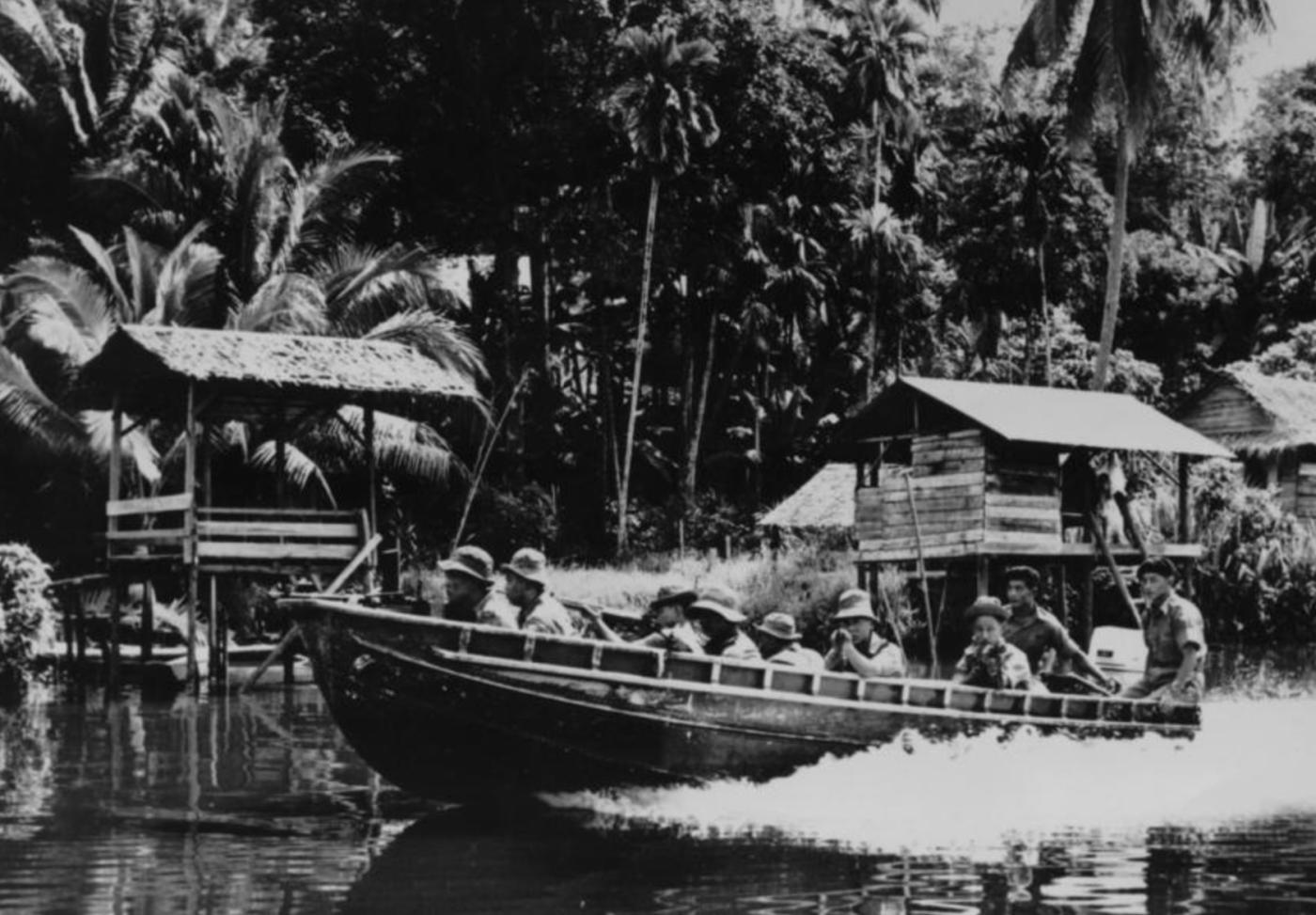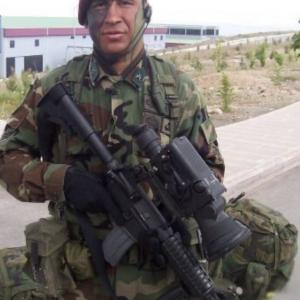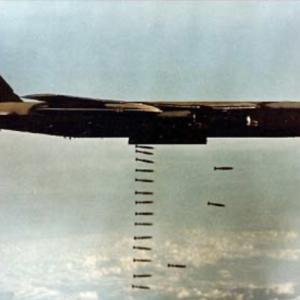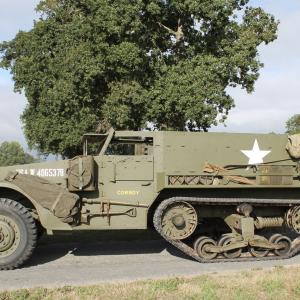
Gurkhas jungle experience
The Gurkhas, famed for their bravery and resilience, played a pivotal role in some of the most grueling jungle warfare operations of the 20th century, most notably during the Burma Campaign in World War II and later during the Malayan Emergency and the Borneo Confrontation. Their involvement in these conflicts not only reinforced their reputation as elite soldiers but also established them as unparalleled jungle warfare specialists. Recruited from the hills of Nepal and integrated into the British Army since the early 19th century, the Gurkhas brought a combination of natural physical endurance, mountain and forest adaptability, and an unshakable martial tradition.
In Burma, the Gurkhas were crucial in countering the Japanese advance through Southeast Asia. The Burmese jungle, with its oppressive humidity, treacherous terrain, and dense undergrowth, posed a daunting challenge for conventional armies. Japanese forces, already well-versed in jungle warfare, were formidable opponents. However, Gurkha units quickly adapted to these conditions. They participated in multiple operations, notably in the Chindit expeditions and in General William Slim's Fourteenth Army, which ultimately turned the tide against the Japanese. Gurkhas distinguished themselves in key battles such as Imphal and Kohima—fighting alongside British and Indian troops in desperate defensive and offensive engagements. They utilized stealth, close-combat tactics, and their signature kukris to great effect, often launching surprise attacks in terrain that would paralyze most units. The Japanese, despite their jungle training, learned to fear the Gurkhas not just for their combat prowess but also for their relentless pursuit of the enemy across swamps, hills, and river crossings.
After World War II, the Gurkhas found themselves once again in Southeast Asia, this time during the Malayan Emergency (1948–1960). The conflict, which pitted Commonwealth forces against the communist Malayan National Liberation Army, was fought almost entirely in the thick jungles of the Malay Peninsula. Here, the Gurkhas proved indispensable. Drawing on their World War II experience, they executed long-range jungle patrols, ambushes, and village clearance operations with extraordinary discipline and effectiveness. Their understanding of jungle movement, concealment, and tracking allowed them to intercept insurgents with a precision few others could match. The British command came to rely heavily on the Gurkhas' ability to operate for extended periods in remote areas without support, often living off the land and using minimal equipment. Their presence instilled confidence among local populations and contributed significantly to intelligence gathering and the eventual containment of the insurgency.
The confrontation in Borneo in the 1960s, where Indonesia sought to undermine the formation of Malaysia, was another proving ground for the Gurkhas. As part of British and Commonwealth operations during the Indonesia–Malaysia confrontation (1962–1966), the Gurkhas were deployed to defend the borders of Sarawak and Sabah from incursions by Indonesian forces. The region’s mountainous rainforest terrain required units to conduct arduous patrols, build fortified border posts, and conduct cross-border reconnaissance. The Gurkhas’ ability to move silently through the jungle, combined with their resilience in facing ambushes and challenging terrain, made them a key asset in the success of Operation Claret—an operation that involved covert forays into Indonesian territory to disrupt supply lines and enemy movements. The professionalism and efficiency with which they operated forced the Indonesian military to reevaluate its tactics, contributing to a reduction in cross-border hostilities and ultimately a political resolution.
Across all three conflicts, what set the Gurkhas apart was not only their legendary courage but also their unique ability to thrive in environments that incapacitated other troops. Their smaller stature, conditioned by life in the Himalayan foothills, allowed for greater endurance and agility in the jungle. Their loyalty and discipline made them exemplary soldiers under British command, while their cultural emphasis on honor and martial prowess fostered a tenacity in battle that earned them dozens of gallantry awards, including Victoria Crosses. Units like the 2nd, 6th, and 10th Gurkha Rifles gained particular fame for their achievements in these theaters of war.
The legacy of the Gurkhas in jungle warfare remains deeply respected within military circles. In each of these campaigns—against Japanese imperial forces, communist guerrillas, and Indonesian regulars—the Gurkhas faced determined adversaries and overcame logistical nightmares and brutal conditions. Their victories were not just tactical but symbolic, reinforcing the role of specialized light infantry in modern asymmetric warfare. They helped reshape British military doctrine on jungle operations and left an enduring impact on counterinsurgency strategy. Today, their past engagements are studied for insights into effective jungle combat and the human qualities that underpin exceptional soldiering.










